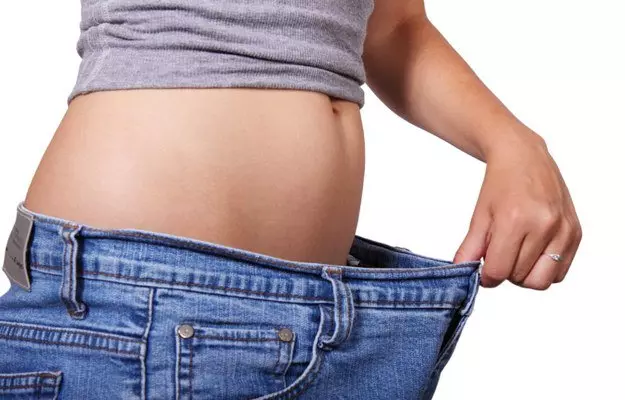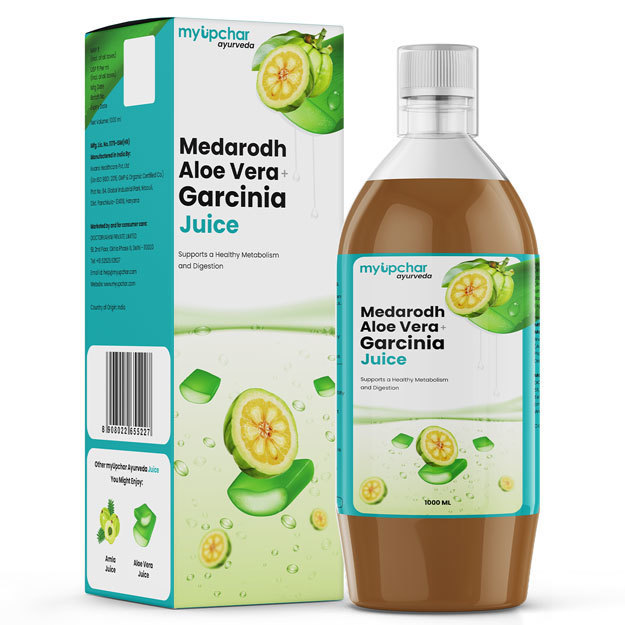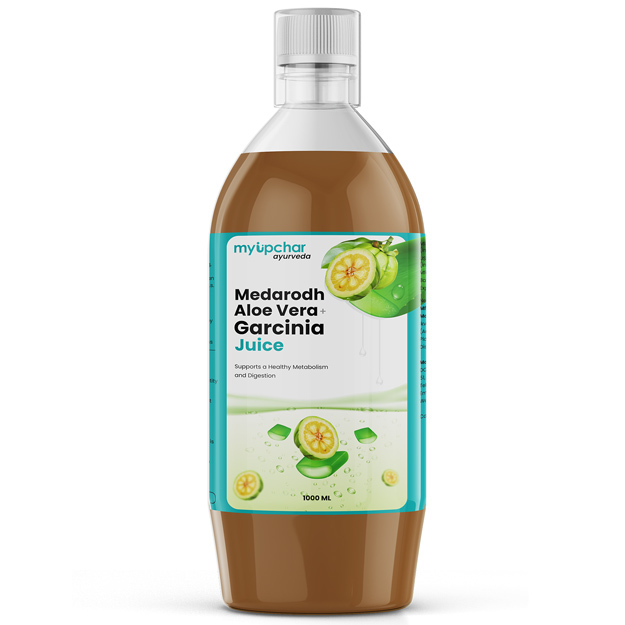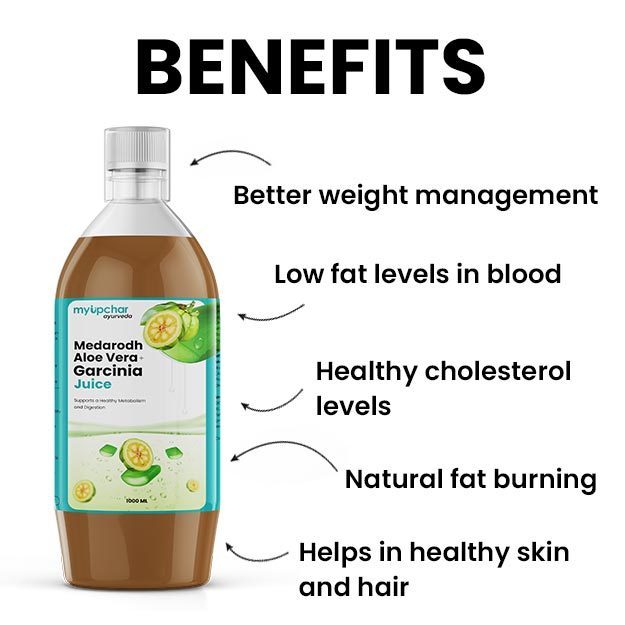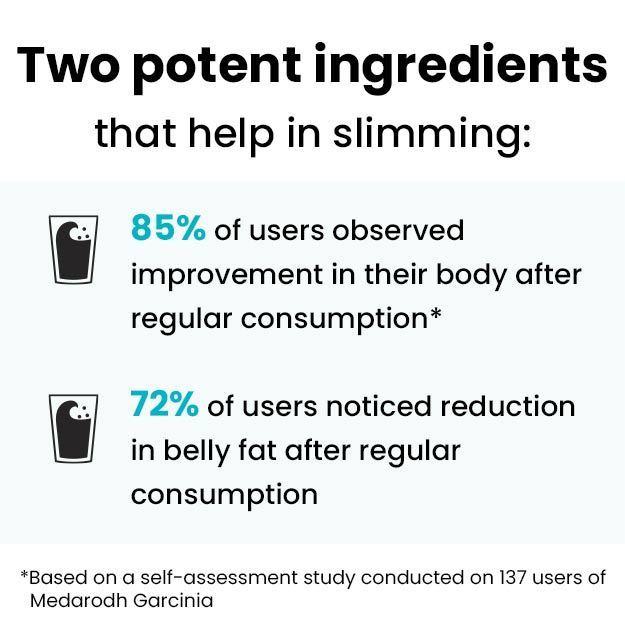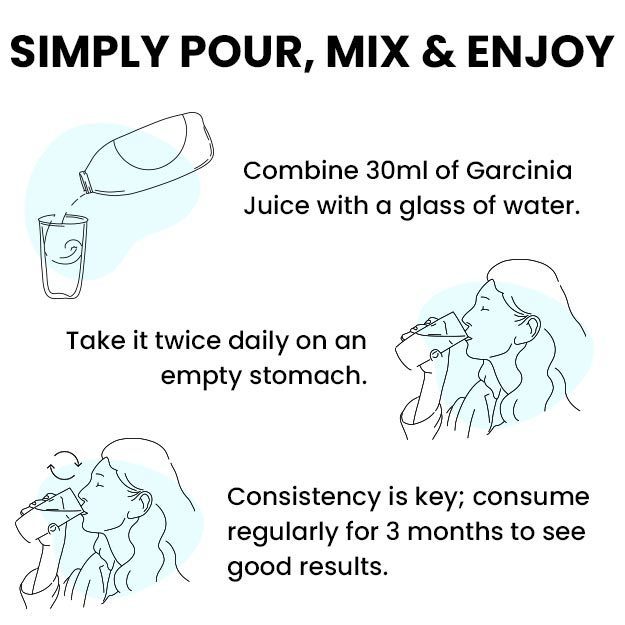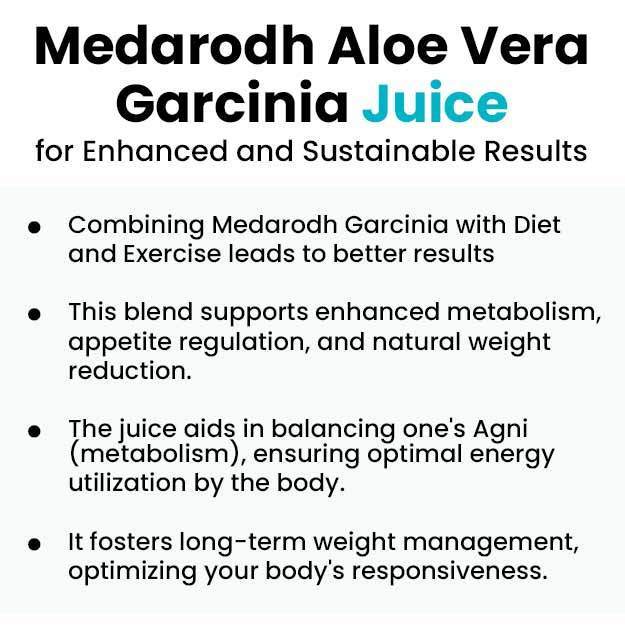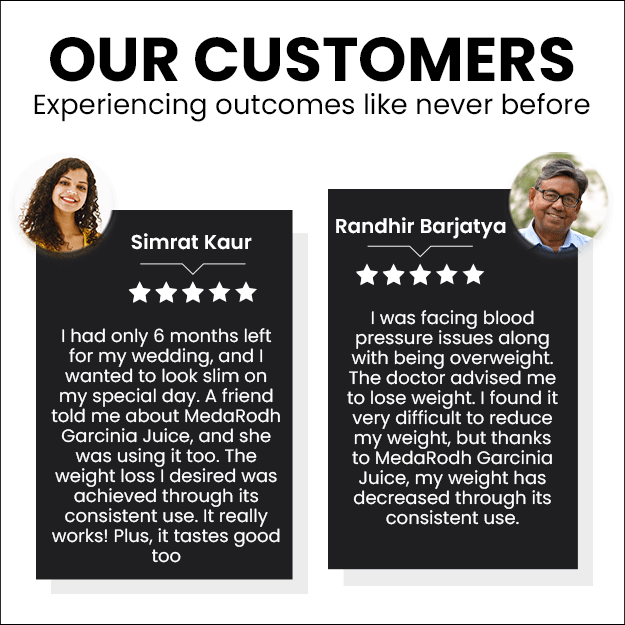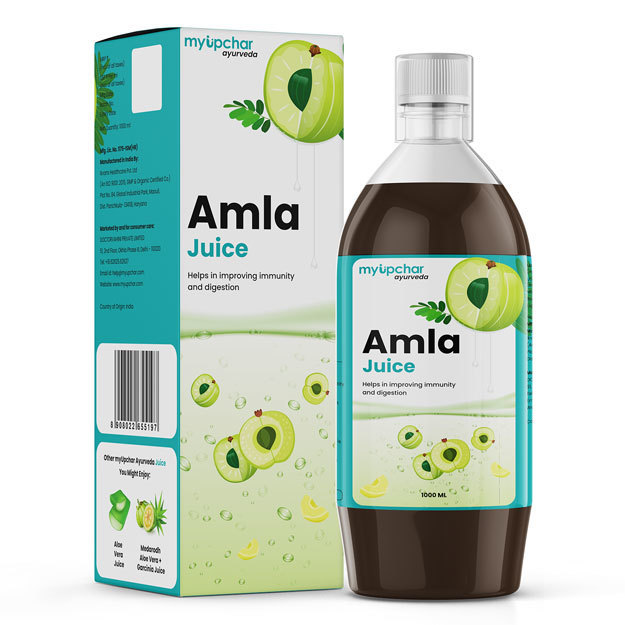Belly fat is not just something seen in overweight people, but those having normal body weight can also have an extra flab around their tummies. Excessive abdominal fat should be a matter of concern regardless of weight, as it places you at greater risk for developing chronic health disorders.
Here is the complete detail about the weight loss diet plan.
As most of you may have experienced, one of the most challenging aspects of losing weight is to get rid of excess abdominal fat. This is because the pelvis and the abdominal area has the most stubborn fat, which takes more time and effort to burn. People who are on a diet may be able to shed off kilos and lose some belly fat but getting rid of that unwanted bulge is a daunting task.
Well, the struggle does not end here, the next uphill task is to maintain a flat belly. For this, we need to follow an effective diet plan and keep in mind some tips that are beneficial for keeping belly fat under control.
The article gives you a diet chart with the right combinations of food that make you lose abdominal fat and help you go from fat to flat. Further, it shares some diet and exercise tips.
(Read More - Ayurvedic treatment for Obesity)

